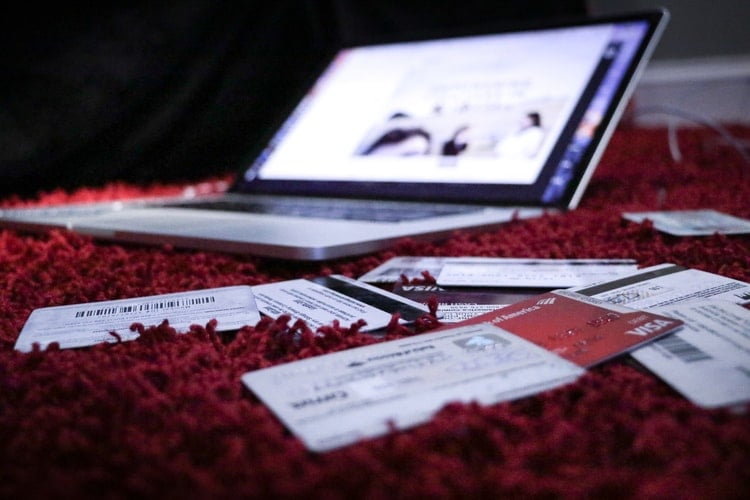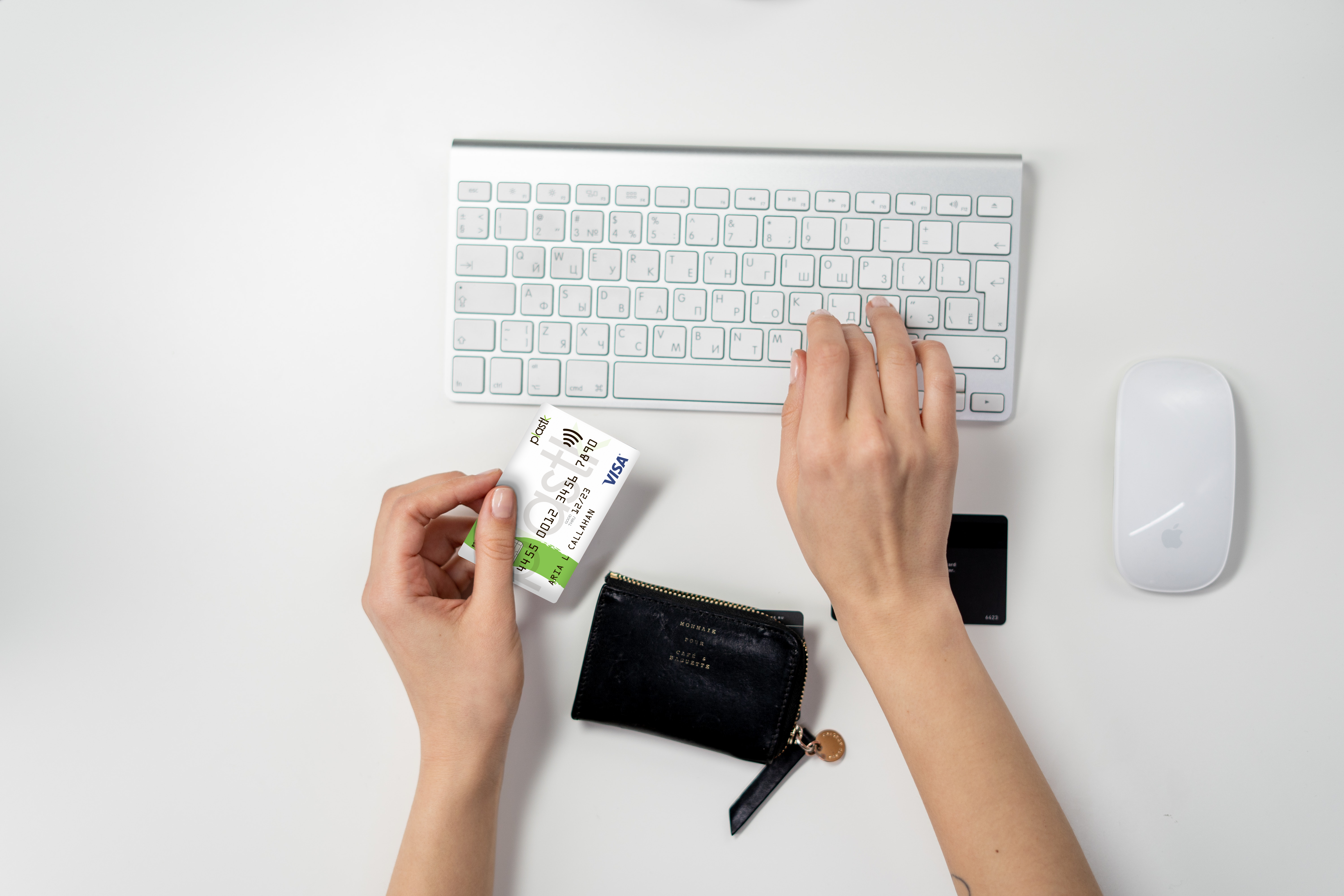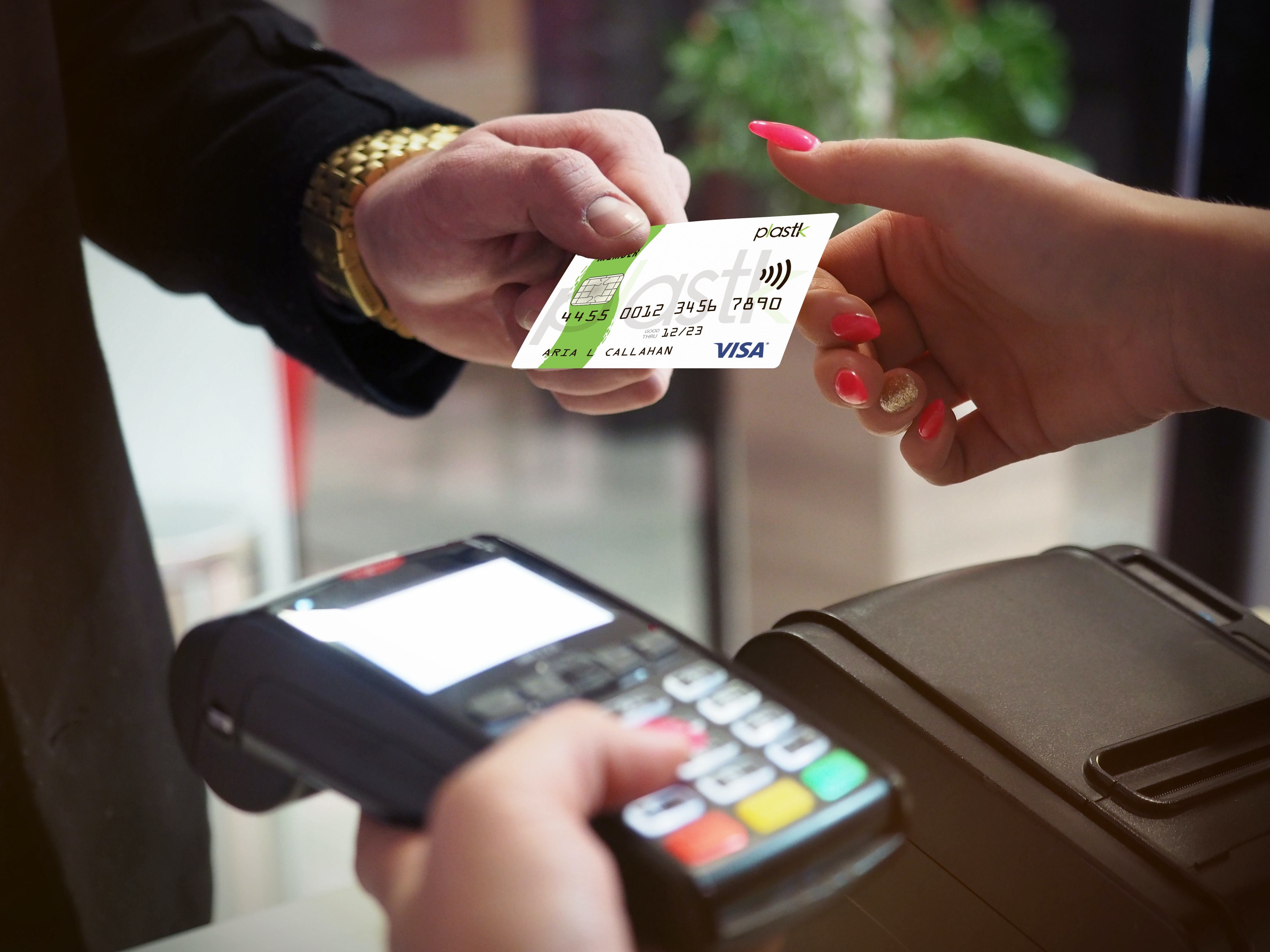Credit Tip Tuesday #30 - 10 Tips for Using Your First Credit Card

At Plastk we are huge advocates for credit education. Our main goal is to ensure Canadians have a strong financial foundation and understand how to use their credit responsibly. Whether you are new to Canada, new to credit or just looking to improve your credit, it is extremely important to understand how to use your credit card in the best way possible. That’s why we have compiled a list of the 10 best tips you can use to ensure you use your first credit card in the best way possible!
Tip One: Research Different Credit Cards
Before you apply for your first credit card, you must do some research into the different credit cards available to you. You must evaluate what your needs, wants and what you are able to fiscally manage. You should research various different credit cards and make sure they tick off as many wants and needs as possible. You can use the checklist below, when doing your research on different credit cards so you can decide what is best for you. This check list is made up of a set of questions that you can ask yourself, before sending in your credit application.
.png?width=2880&name=Email%20Elements%20(20).png)
It is important to do research on different credit cards because each one offers various rewards and benefits. Some cards that have higher fees, may offer rewards or cash back that make up for the high fees you may have to pay. Make sure to check out our blog post that discusses the various pros and cons of different credit cards in Canada.
You also should look into the differences between secured and unsecured credit cards. Although they are extremely similar, there are some differences that you must consider before deciding what card you should apply for. Secured credit cards offer unique features, like setting your own credit limit and instant approval for all consumers. You should consider this when applying for credit, as these features may make or break your decision to get a specific credit card.
We’ve listed the key differences between each type of credit card below. You can also read our blog post where we discuss the key differences between secured and unsecured credit cards in detail.

Tip Two: Understand Your Limits
Now that you have applied and been approved for your first credit card, you now need to start using it. Your credit card will have a maximum amount of funds you will be able to spend every month. This amount is called your credit limit and is extremely important. Something you must keep in mind is that just because you have a credit limit does not mean you need to max it out every month. Using your maximum credit limit is actually one of the worst things you can do for your credit score. In general you should spend no more than 30% of your credit card limit. This means if your limit is $1,000, you should not spend more than $300 a month. While we understand that unexpected situations may occur that cause you to spend more a month, you should try to average your spending to be around 30%.
Read the example below to understand how utilization works.
-png.png)
This is why applying for a secured credit card is perfect for those who are new to credit. Secured credit cards allow you to set your own limit, which means you are able to set a limit that is manageable for your individual needs. At Plastk, we allow our customers to set their own limit and increase it at any time. Customers can begin with any amount between $300-$10,000 or even pay their ideal limit in increments. This gives more flexibility than any other credit card on the market.
Credit utilization and your credit limit are some of the most important factors of your credit card. Before using your credit card you must understand how your credit limit works. If you overspend and are unable to pay your monthly bills, you may face consequences like increased credit card debt, or having your credit score lowered as a result of a default payment.
Tip Three: Learn About Your Credit Score
Your credit score is one of the most important aspects of your credit usage in Canada. Your credit score represents your relationship with your creditor. Your credit score is calculated by a variety of factors, including your utilization, your credit history, credit debt, how many credit cards you have in your name and much more. Some credit cards, like Plastk, offer free credit reports every month. It’s important to remember that not all credit cards report to a credit bureau, but you should request that every card you have does. This will help increase your utilization, which can increase your credit score.
.png?width=760&name=Email%20Elements%20(1).png)
But what makes a good credit score? Plastk reports to Equifax, which has a specific way of reporting credit history. We’ve listed the various levels of credit and what it means about your financial situation. In Canada, the average credit score is 650. While you should aim to have a credit score that hits this mark, you should strive for the highest credit score possible. The highest credit score you can have is 900, which is very easy to achieve if you use the proper tools we provide you in this article. Having the highest credit score possible can save you a tremendous amount of money in the long run, as you will get the best rates on loans, qualify for higher credit limits on unsecured cards and have the knowledge that you are one of the country’s most responsible credit users.

Setting a budget is a great way to manage your credit usage. Budgeting for your everyday expenses can help you save for your goals and ensure you never spend above your means. A credit card is the best way to get rewarded for your everyday purchases. This is why you should use your credit card for every purchase possible. Doing this will help to grow your credit score and help you with your relationship with your finances. However, it shouldn’t be used to buy things you can’t afford, this is where your budget comes in. Having an idea of the amount you can spend and pay off at the end of the month will keep you from getting into debt.
At Plastk we’re all about budgeting. We’ve written a blog that details some of the best ways to budget and save for life’s biggest expenses and purchases. This will help keep your credit card spending inline with your income and assist you in saving for your financial goals.
Tip Five: Pay Your Bills In Full Every Month

Paying your bills off in full every month is the best way to start on your credit journey. Doing this, will ensure that you pay as little fees as possible and avoid incurring any credit card debt. While your credit card issuer only asks you to make the minimum payment, which is only a percentage of your outstanding balance you should never pay the minimum. While paying the minimum may seem much easier and less expensive than paying the full amount you owe, it will cost you money over time, due to compound interest on your credit card.
Paying only the minimum adds interest to your balance each month until you finally pay in full. Your balance will only decrease by a small amount each month, since a portion of your payment will be applied to accrued interest. This is why it is so important to pay your balance in full each month to avoid paying interest. As we mentioned before, paying your balance off in full can also increase your credit score.
Tip Six: Check Your Statement Regularly

Checking your credit statement regularly can help your credit history as well. Every month your credit card issuer will send a statement that shows your transactions from the previous billing cycle. Reading your billing statement is important even if you’ve scheduled your monthly payment to be automatic. You should review your statement to catch errors or unauthorized charges. If you spot any issues, report them to your credit card issuer immediately so they can fix these charges.
Tip Seven: Take Advantage Of The Perks
Many credit cards offer perks, like cash back, travel rewards or points that you can exchange for material goods. This is great because you can use your perks to pay your bills, buy gifts for yourself or even use them to go on your dream vacation! Perks are your credit card issuer’s way of thanking you for using your credit card and paying your balance off in full every month. It’s also very important to see if your credit card rewards expire. If they do, it is wise to spend them before you lose them.

At Plastk, our rewards program offers cash back, travel rewards and premium products for our clients. Taking advantage of these perks are the best way to reward yourself for being responsible for your finances.
Tip Eight: Download the Mobile App

If your card has an app, it is wise to download it. This will make your payments much easier and allow you to check your balance at any time. Many companies who have apps, also have additional benefits to using their app. Here at Plastk, you can read our blogs or check your credit score from your app.
Using your credit card’s mobile app lets you keep up with your credit card account on the go. You can log in any time to view your balance, check your available credit, report a lost or stolen credit card, and more. You could do much of this from your phone’s browser, but apps are often designed for faster, easier use on mobile devices.

If you’ve never used a credit card before, you should get used to using one, before applying for multiple more. This helps to ensure that you never max out a card and can manage your funds in the best way possible.
Each time you apply for a credit card, it appears on your credit report. If you apply for too many at once your credit score will go down. Avoiding too much credit will ensure this doesn’t happen and it will reduce the temptation to spend money you don’t have.
Tip Ten: Never Cancel Old Credit Cards

Your first credit card will have a big impact on your credit history. As long as you use it responsibly, that impact can be very positive and help propel you into financial stability. Credit cards help you afford the basics, like everyday expenses, and can earn you rewards.
Canceling your credit card can be harmful to your credit score, especially if it’s your oldest card. It will bring down the average age of your credit accounts, and will decrease your overall credit limit, which is one of the most important factors in calculating your credit score.
While there are scenarios where it may make sense to close a credit card, such as you’re paying an annual fee on a card you no longer use or you are incurring a high interest rate, you should check first how your credit score will be affected. You can do this by calling a credit reporting company, like Equifax.
Using a credit card is an essential part of life in Canada. Using your credit card regularly is key to achieving your financial goals. One of the biggest aspects of using a credit card is how often you use it. In some cases, not using your credit card can actually be more harmful to your credit score than not paying a bill on time. This is why our list was created. We want to help you in your financial goals and assist you in your credit journey.
If you’re interested in learning more about the Plastk advantage, call our client success team. We would love to have you as part of our Plastk family!
Disclaimer: The content provided on the Plastk Financial Inc. Blog is information to help Canadians become financially literate and learn about credit. Plastk is not responsible for building or ruining an individual's credit score or credit rating. It is neither tax nor legal advice, is not intended to be relied upon as a forecast, research or investment advice, and is not a recommendation, offer or solicitation to buy or sell any securities or to adopt any investment strategy. Tax, investment, credit inquiries, and all other decisions should be made, as appropriate, only with guidance from a qualified professional.


